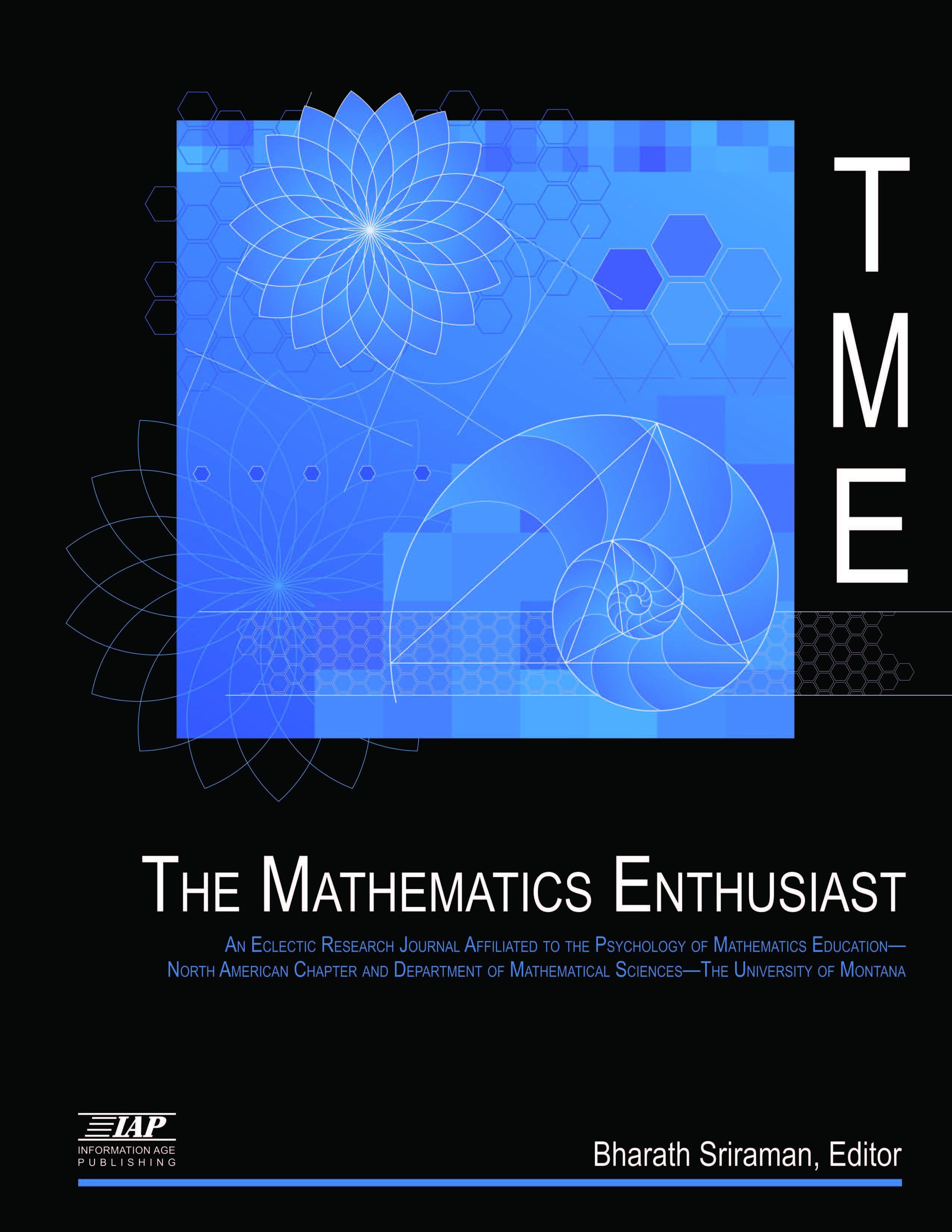
Volume
18
Issue
1-2
Abstract
This paper explores Archimedes’ works in conoids, which are three dimensional versions of conic sections, and will discuss ideas that came up in Archimedes’ book On Conoids and Spheroids. In particular, paraboloids, or three dimensional parabolas, will be the primary focus, and a proof of one of the propositions is provided for a clearer understanding of how Archimedes proved many of his propositions. His main method is called method of exhaustion, with results justified by double contradiction. This paper will compare the ideas and problems brought up in On Conoids and Spheroids and how they relate to modern day calculus. This paper will also look into some basic details on the method of exhaustion and how it allowed the ancient Greek mathematicians to prove propositions without any knowledge of calculus. In addition, this paper will discuss some mathematical contributions made by Arabic mathematicians such as Ibn al-Haytham and how his work connects to mathematics in the seventeenth Century regarding sums of powers of whole numbers and the Basel Problem. Complicated forms of conoids such as hyperbolic paraboloids and other shapes that came after Archimedes will not be covered.
First Page
160
Last Page
182
Recommended Citation
Ke, Kenton
(2021)
"Archimedes’ Works in Conoids as a Basis for the Development of Mathematics,"
The Mathematics Enthusiast: Vol. 18
:
No.
1
, Article 12.
DOI: https://doi.org/10.54870/1551-3440.1519
Available at:
https://scholarworks.umt.edu/tme/vol18/iss1/12
Digital Object Identifier (DOI)
10.54870/1551-3440.1519
